The Future of Log Cabins: Technological Innovations and Design Trends
As the pursuit of sustainable living and natural beauty continues to grow, log cabins are experiencing unprecedented technological innovations and design trends. These cabins not only retain their traditional charm but also incorporate modern technology, showcasing new possibilities for future living spaces.
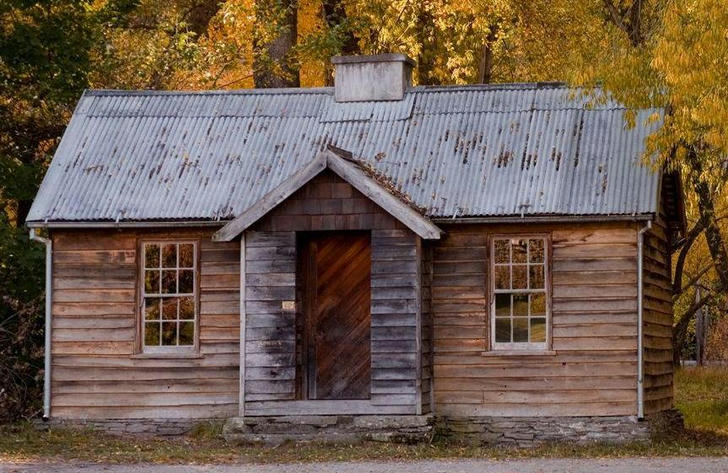
1. The Rise of Sustainable Materials
Future log cabins will increasingly utilize sustainable materials. This includes locally sourced timber as well as reclaimed wood and other eco-friendly options. For instance, some manufacturers are beginning to use bamboo and other fast-growing plants, favored for their lower environmental impact. Moreover, advancements in insulation materials make these cabins more energy-efficient, effectively resisting external influences and reducing energy consumption.
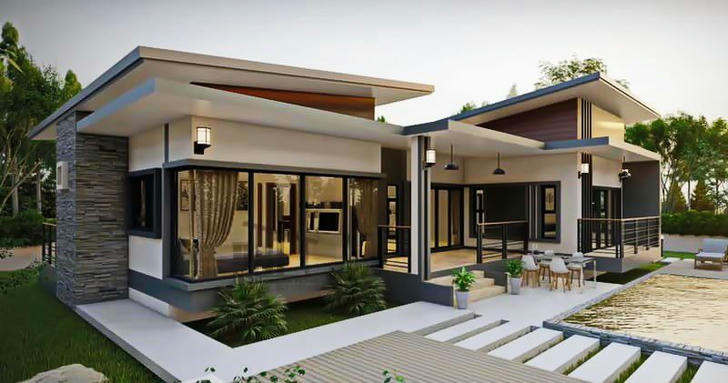
2. Integration of Smart Home Technology
Modern log cabin designs are gradually integrating smart home technologies. With smart devices, residents can achieve more efficient energy management. For example, smart temperature control systems can automatically adjust indoor temperatures based on daily habits, maximizing comfort and energy savings. Additionally, smart lighting systems can adjust brightness according to environmental changes, enhancing the visual experience.
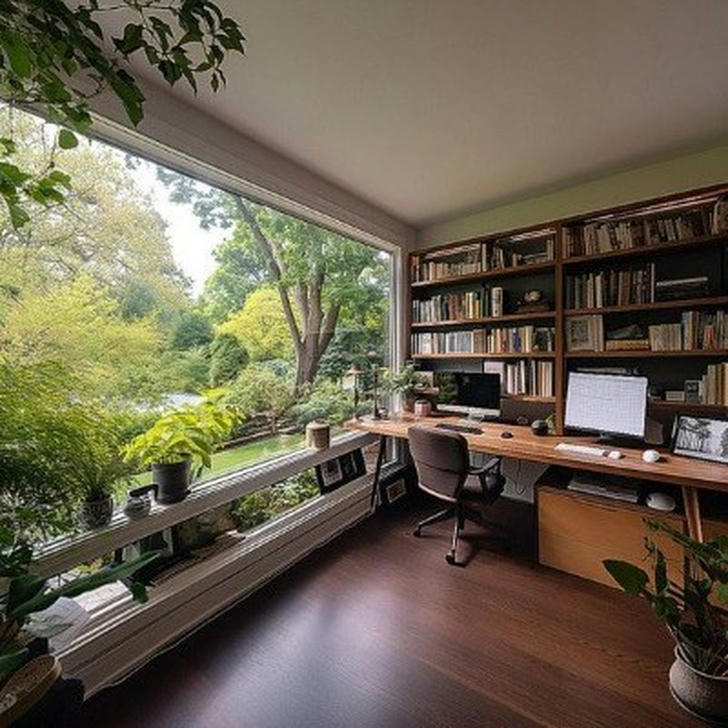
3. Open Design and Multifunctional Spaces
Future log cabins will increasingly lean toward open designs that enhance the sense of flow and flexibility in spaces. Through movable partitions and modular furniture, residents can freely adjust the layout according to their needs. For instance, seamless connections between the living room and kitchen not only improve the efficiency of social spaces but also create a warmer family atmosphere. Furthermore, log cabins will emphasize multifunctionality, such as incorporating hidden desks in living areas to accommodate remote work needs.
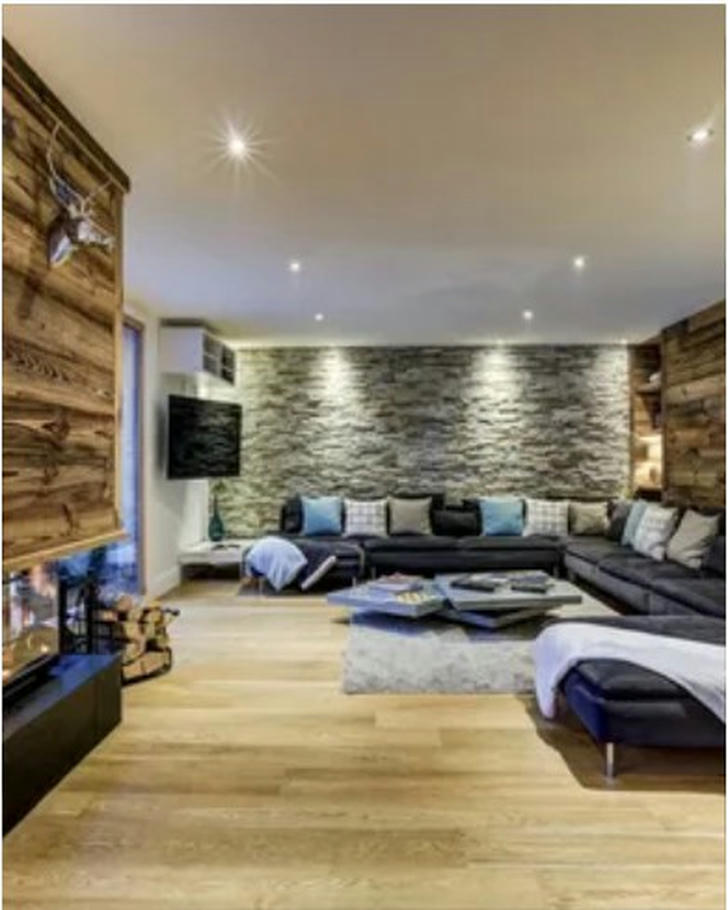
4. Fusion of Natural Elements
Design trends are also moving toward deeper integration with nature. Future log cabins will be more than just an assemblage of wood; they will coexist harmoniously with their surroundings. Architects and designers are increasingly focused on how to incorporate natural elements into designs, such as large windows, skylights, and terraces, to enhance natural light and ventilation, creating a more comfortable living environment. This design philosophy allows residents to better enjoy natural landscapes and improve their quality of life.
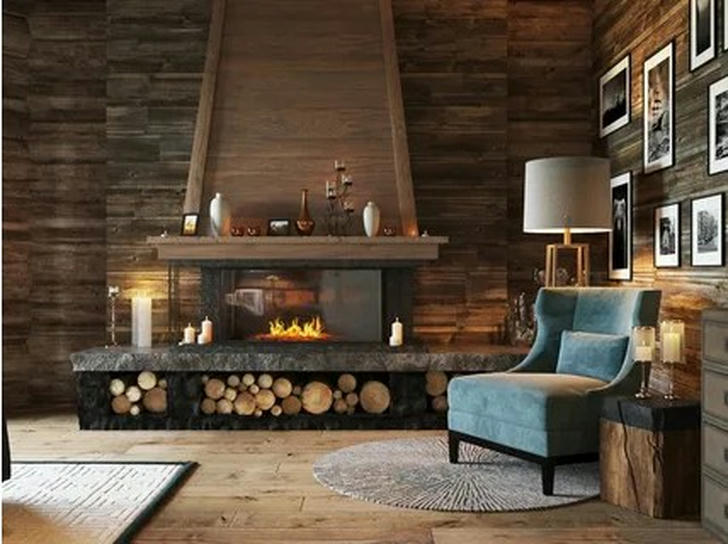
5. User Case Analysis
Consider a young couple who chose to build a log cabin in a picturesque mountain area. Through close collaboration with their designer, they achieved their ideal home that combines sustainable materials with smart home technology. The roof is equipped with solar panels, and high-efficiency insulation materials ensure warmth in winter and coolness in summer. The smart temperature control system adjusts indoor temperatures based on weather changes, while the open design significantly enhances the sense of space, particularly suitable for their social lifestyle.
Conclusion
The future of log cabins is filled with endless possibilities, from sustainable materials to smart home technologies, to deep integration with natural elements. These trends collectively shape a new standard for modern living. As people’s focus on environmental protection and living quality deepens, log cabins will become symbols of ideal living, meeting functional needs while demonstrating respect and love for nature
